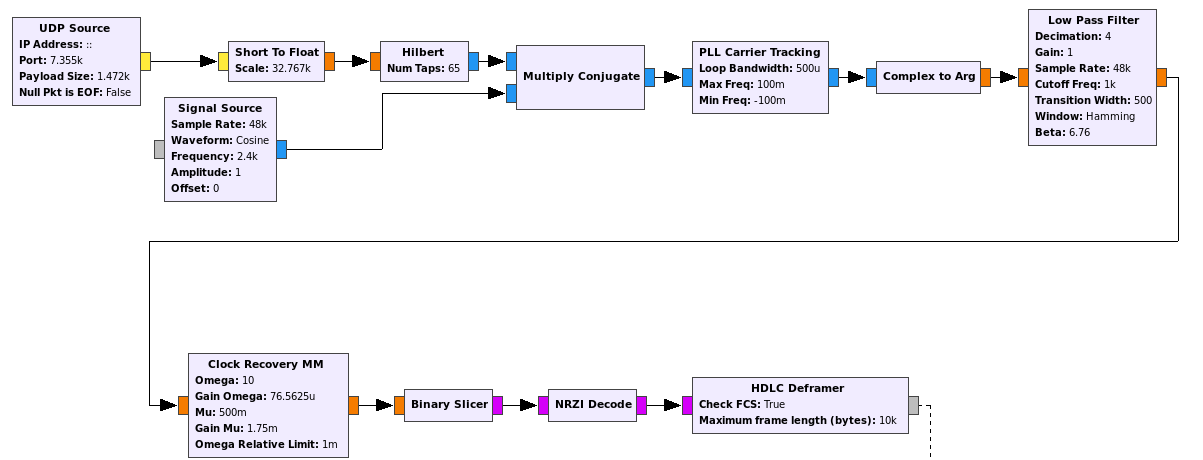ESEO is an educational satellite project for university students led by ESA. It is a microsatellite based on the S-50 platform by SITAEL and indeed serves as an in-orbit validation of that platform. It carries payloads developed by students in 10 European universities, and also a FUNcube payload from AMSAT-UK. It was launched last Monday in the SSO-A launch.
The satellite transmits 9k6 GFSK telemetry in the 70cm Amateur satellite band (do not confuse this telemetry with the telemetry sent by the FUNcube payload in the 2m Amateur satellite band). Last week I wrote an open letter to the directors of the ESEO program requesting the publication of the complete specifications for this telemetry. The existing documentation is published here as two documents called attachment 1, which describes the coding of the frames, and attachment 2, which describes the structure of the telemetry frames.
The main problem motivating my open letter was that the information in attachment 2 was insufficient to produce a telemetry decoder for ESEO. However, last Tuesday an updated version of this document was published. This new version seems to include all the information we need. Apparently, this new version has been published due to my open letter and the pressure made by some people at ESA surrounding the ESEO project.
I would like to thank all the people that have expressed their opinion about the importance of having well documented protocols in the Amateur radio service, as well as all the people in ESA that have pushed for the publication of the documentation, and understood that this is an important matter.
In this post we look at the coding used by ESEO, that is, everything described in attachment 1, and how the decoder in gr-satellites is implemented.
